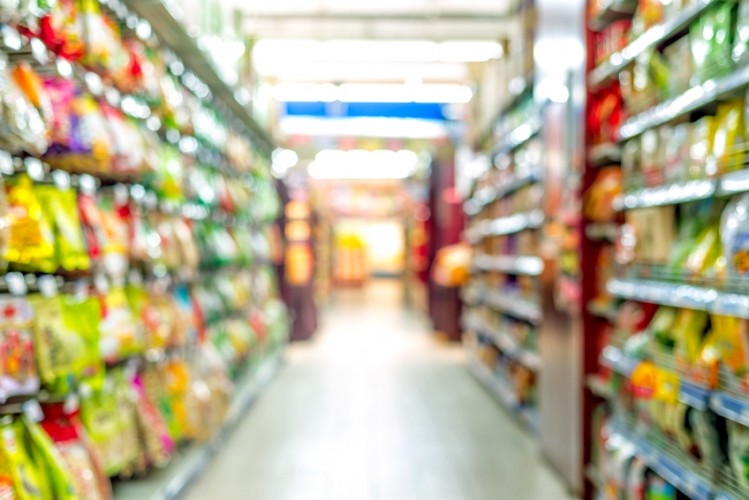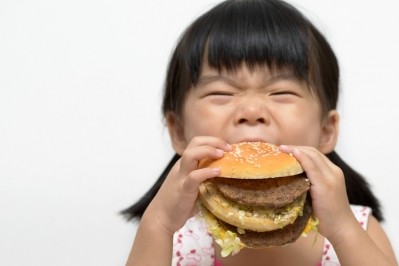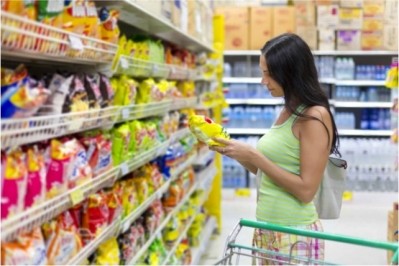Supermarkets identified as main junk-food source for consumers: Study

Writing in the European Journal of Clinical Nutrition the study recognises supermarkets and grocery stores as the single largest source for sugar sweetened beverages (SSB) and energy-dense, nutrient-poor foods, outdoing restaurants, convenience stores, vending machines and even fast-food restaurants.
The analysis found that nearly half (46.3%) of US adults consume SSBs and 88.8% ate discretionary foods such as cookies, pastries, ice cream, cakes, popcorn and candy on any given day.
SSB consumers on average consumed 213.0 kcal from SSBs daily, of which 111.6 kcal (52.4%) were purchased from supermarkets/grocery stores, and 33.0 kcal (15.5%) from fast-food restaurants.
Discretionary food consumers on average consumed 439.0 kcal from discretionary foods daily, of which 280.1 kcal (63.8%) were purchased from supermarkets/grocery stores, and 45.8 kcal (10.4%) from fast food restaurants.
‘Food desert’ hypothesis

The findings are in conflict to those posed by the 'food desert' hypothesis, which associates fast-food outlets and convenience stores to poor diet quality and overeating.
The hypothesis also links supermarkets and grocery stores to a more nutritious diet due to the availability of healthy products such as fruit and vegetables.
“Supermarket provides foods in large quantity with reduced price, and consumers do respond to price incentives. So we may see that affordability being a dominant factor in comparison to accessibility,” said Dr Ruopeng An, assistant professor at the University of Illinois and lead author.
An said the study showed consumers also factored in convenience as the supermarket’s ‘one stop shop’ for all daily grocery needs was an attractive proposition for consumers.
“In economic terms, we say that the “opportunity cost” of purchasing additional foods and/or non-food items is very low in supermarket as it has almost everything daily life needs,” he said.
The team began evaluating data from 4,204 adults who made up the National Health and Nutrition Examination Survey.
They recorded their daily food intake in two, non-consecutive 24-hour periods in 2011 and 2012.
Adults that fell into the SSB consumer split group were male (54.7%) and female (45.3%) with the majority of participants 18–34 years of age (34.4%).
The SSB category included sodas, fruit drinks, energy drinks, sports drinks and sweetened bottled waters.
Discretionary foods were energy-dense, nutrient-poor food products and included cookies, pies, ice cream, confectionery, chocolate, other desserts, sweet rolls, waffles, cakes, pastries, biscuits, hush puppies, chips, popcorn, pretzels, party mixes and fries.
Here, discretionary food consumers were split into male (49.5%) and female (50.5%) and were predominantly 50–64 years of age (27.9%).
“It is true that supermarkets are the largest source of healthy food," An said. "But we can't be naïve and think that people only purchase healthy food from supermarkets. They also buy all this junk food from supermarkets and grocery stores."
“But from the standpoint of obesity prevention, it is only helpful if people replace junk food with healthy food. “We don't see from our data that the presence of a supermarket has a preventive effect on people's obesity or their junk-food intake."
Social ecological model

The findings of this study questioned the opinion that a lack of supermarkets and grocery stores was the main determinant for reduced diet quality and the obesity epidemic.
While, increasing healthier options may be admirable from consumer groups looking to make this food available to all, promoting long-term changes in consumer eating habits and diet quality will take a sustained, coordinated effort.
“It has to be a joint effort, in which both individual themselves and the community, school, family, local and federal government should be involved,” An thought.
“This conclusion is based on the social ecological model that individual’s behaviour is influenced by many factors that go beyond their own control (junk food commercials, supermarket promotion strategy, and urban design).”
Source: European Journal of Clinical Nutrition
Published online ahead of print, doi:10.1038/ejcn.2016.136
“Consumption of sugar-sweetened beverages and discretionary foods among US adults by purchase location.”
Authors: R An and G Maurer

























